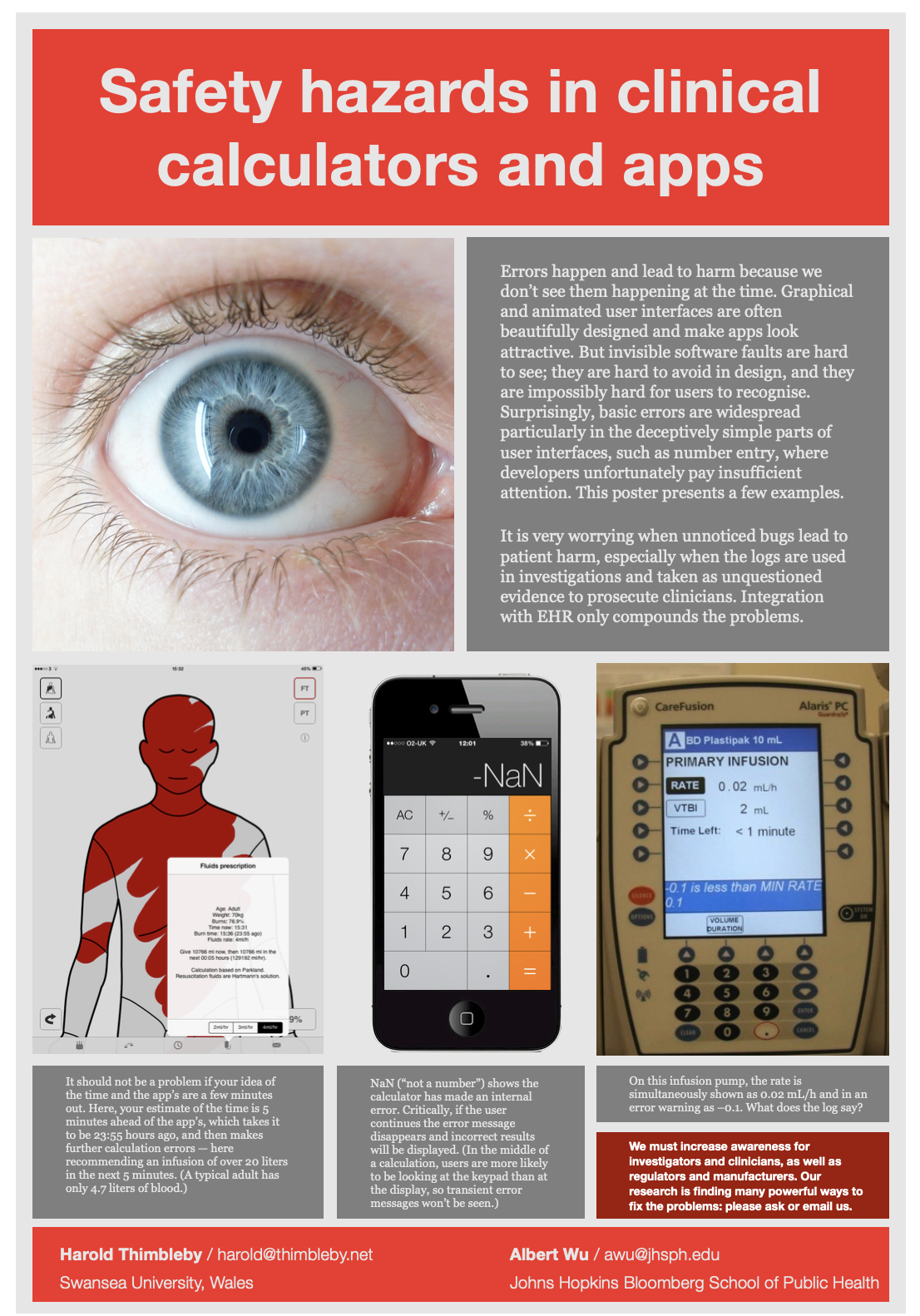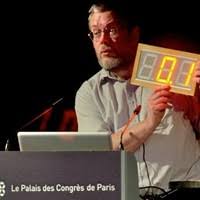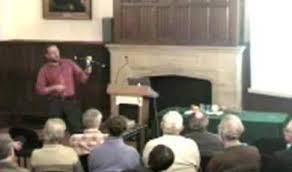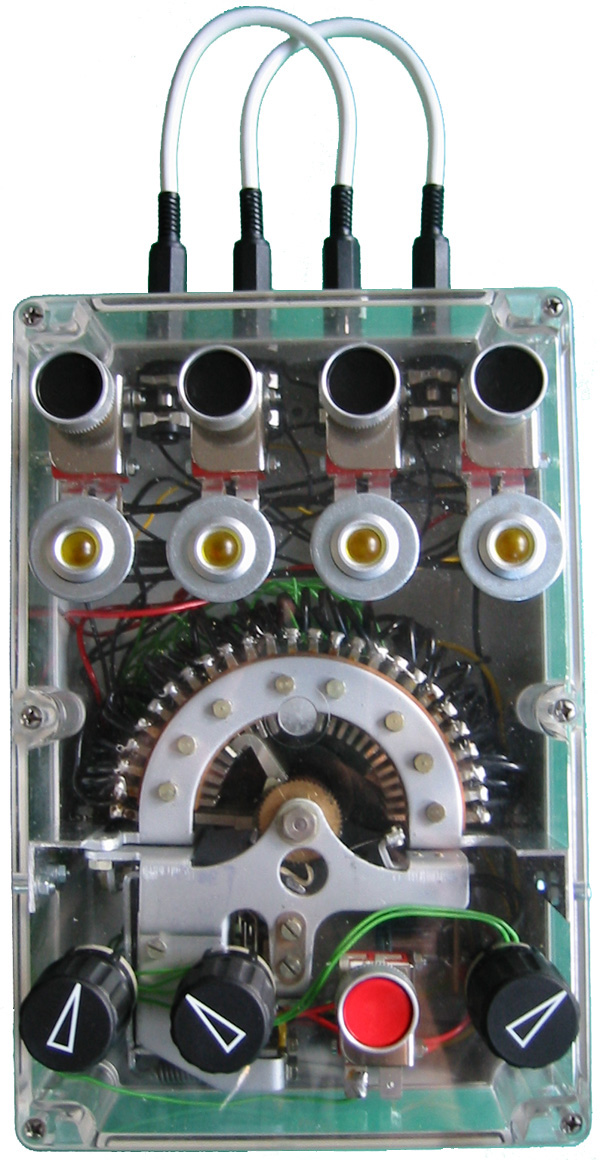Prof HAROLD THIMBLEBY
Welcome to Harold Thimbleby’s 2025 web site
Email me at harold@thimbleby.net
Patient Safety — Stories for a digital world
Harold Thimbleby with Prue Thimbleby, Thimbleby Works, 2024
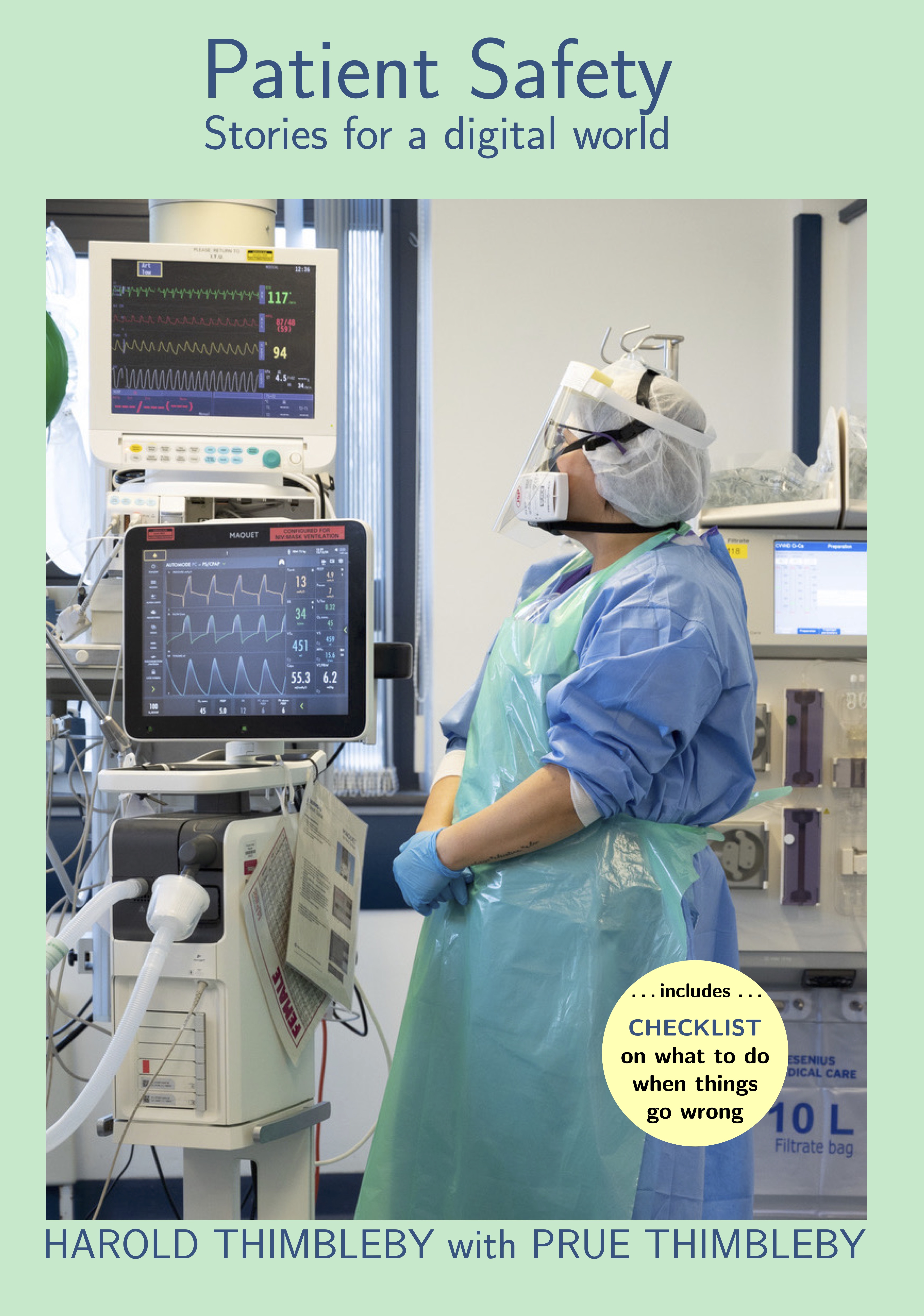
Building on the award-winning book Fix IT, this quick-read booklet makes the stories of the promises and risks of digital healthcare engaging and accessible to all healthcare and related staff — nurses, doctors, investigators, regulators, digital developers, managers, and politicians. Share this booklet with colleagues.
This booklet includes important recommendations on what to do if you are blamed for a safety incident related to digital technologies.
Recent feedback …
Dear Harold,
I just wanted to write and repeat my gratitude on behalf of the team, and on behalf of the class for the lecture you delivered yesterday.
I felt a lasting impression from your lecture, as will have a great number of the students that will hopefully use this to improve digital healthcare. The strength you add to the learning by including real world examples is both illuminating and inspiring, highlighted with personal courage when discussing your own difficulties.
I do hope that we can include your expertise again in the near future!
Dear Harold,
That was brilliant and fascinating!
Fix IT — See and solve the problems of digital healthcare
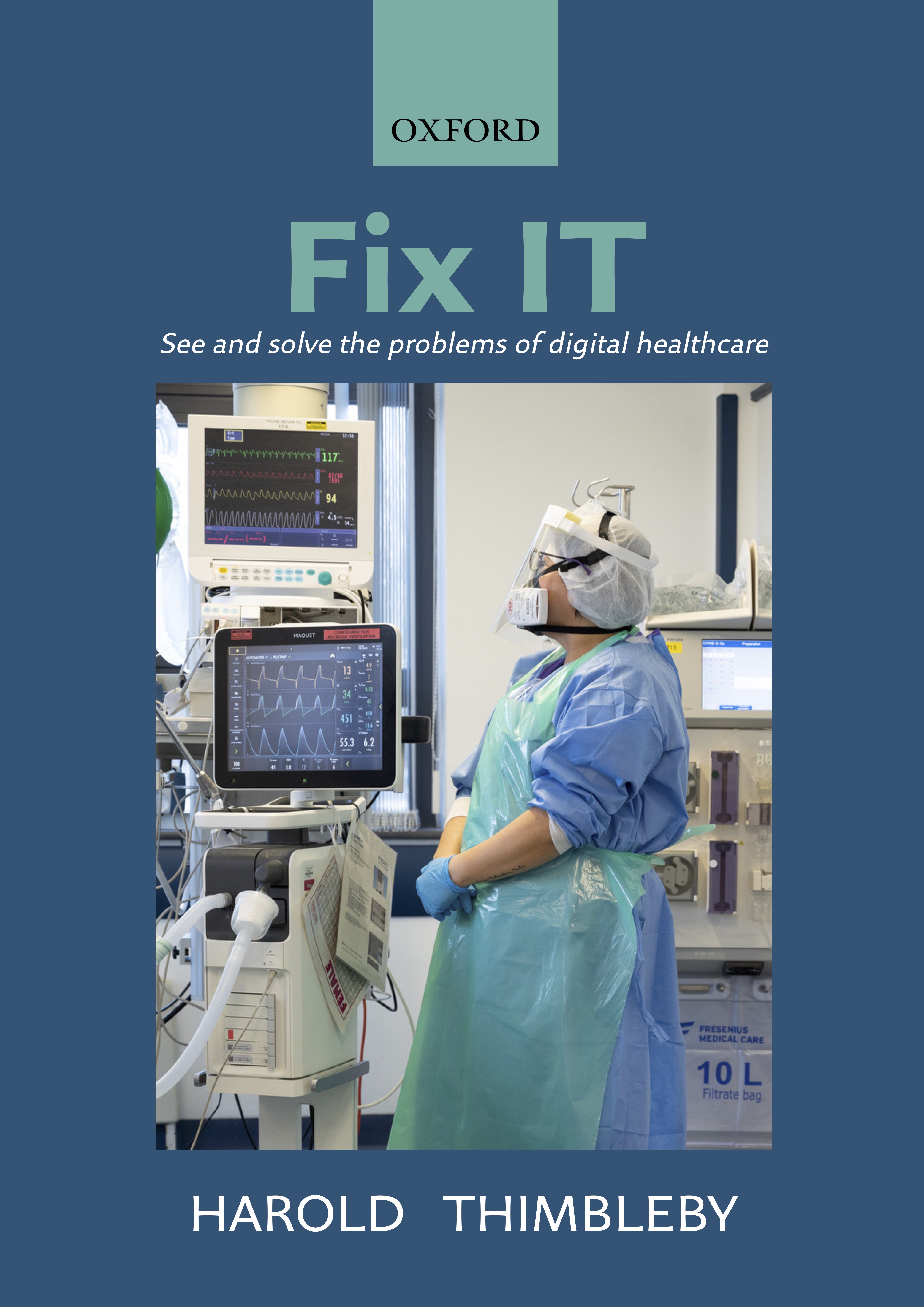
Harold Thimbleby, Oxford University Press, 2021
The 2022 British Medical Association Awards Judging Panel wrote: “It is such an important book. Our ability to help patients is so reliant on IT and digital solutions. It has the broadest appeal and has achieved something quite impressive. It is not just medically-focused in presenting solutions. A real strength is that it takes examples from outside of healthcare and translates them into healthcare. It should be read by all healthcare staff.”
|
This is an important, badly needed book, written in a lively enjoyable style. It should be required reading for anyone who is in healthcare or who develops, designs, and builds healthcare instruments, devices, and procedures. Don Norman – author of Design of everyday things. |
This is an extraordinary book: a potent and engaging compendium of revelatory stories, bold insights, wise advice, and fresh thinking. This book has the potential to revolutionize digital healthcare, and will be a source of inspiration to everyone, whether in healthcare or beyond. Daniel Jackson – Professor of Computer Science, MIT |
Press On — Principles of interaction programming
Harold Thimbleby, MIT Press 2007
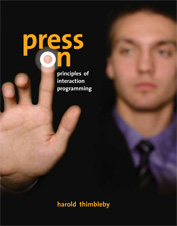
Judged to be “both innovative and rigorous, this volume teaches a conceptual framework and programming techniques for interaction design, showing programmers how they can make creative contributions to device design.” Choice Outstanding Academic Title 2008, and Winner of the Computer and Information Sciences 2007 award from the Association of American Publishers.
Saving lives by design
A short video about patient safety.
If you have problems with this video, YouTube recommends to try disabling ad blockers, clearing your browser's cache and cookies.

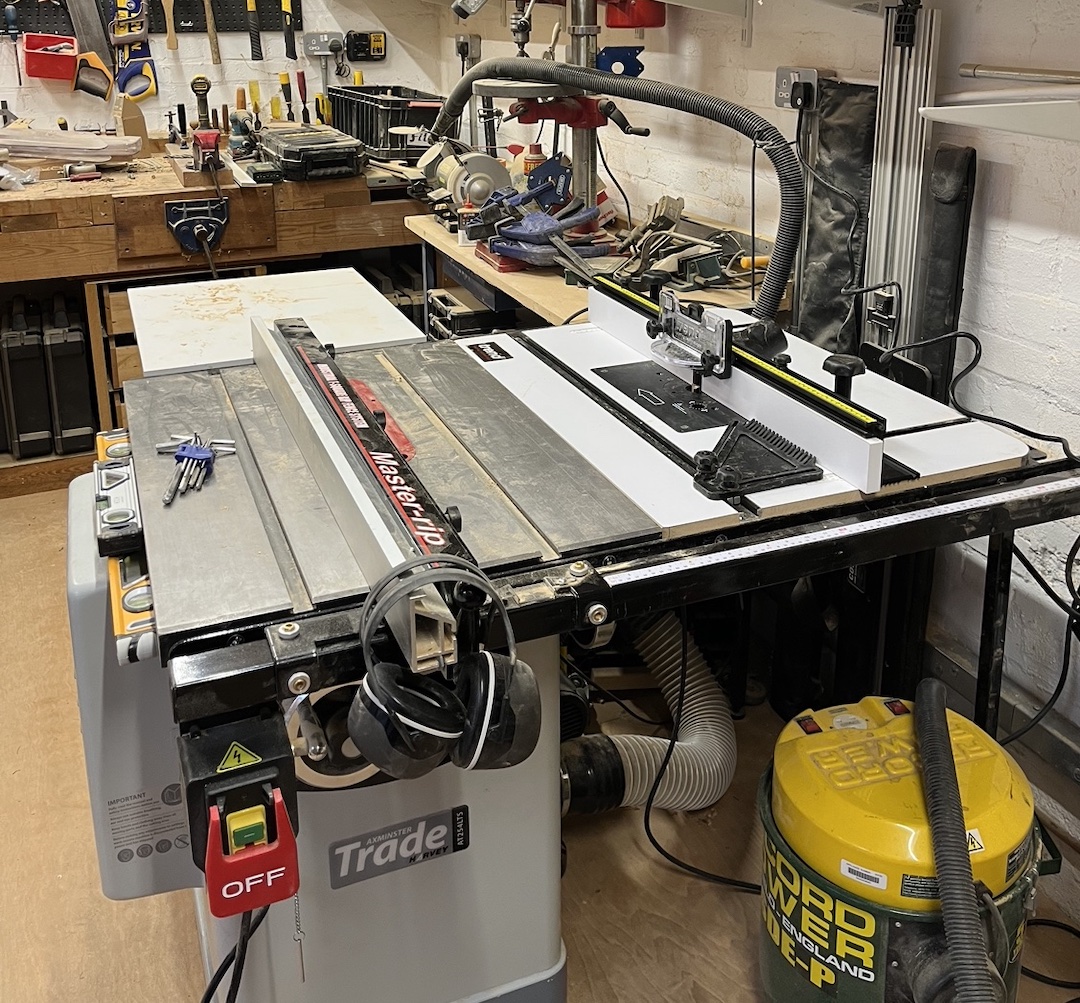
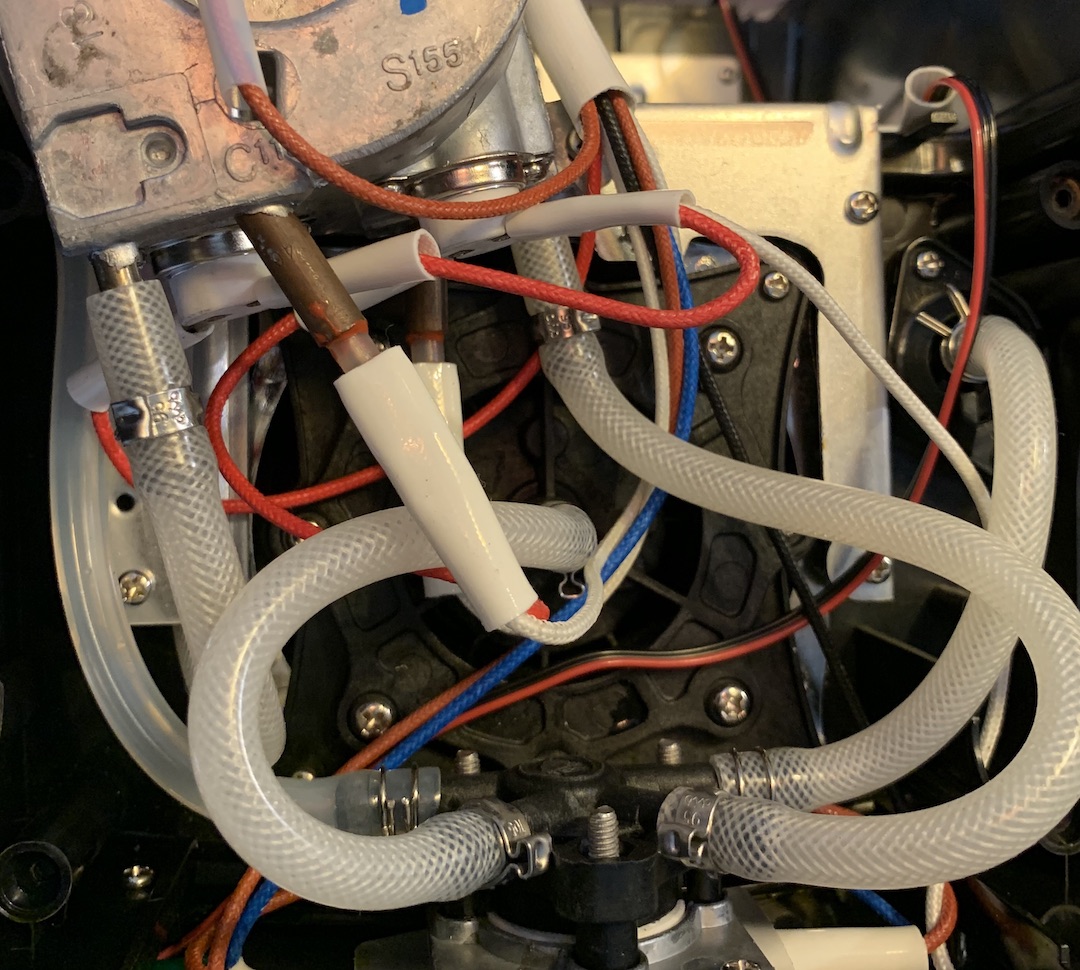
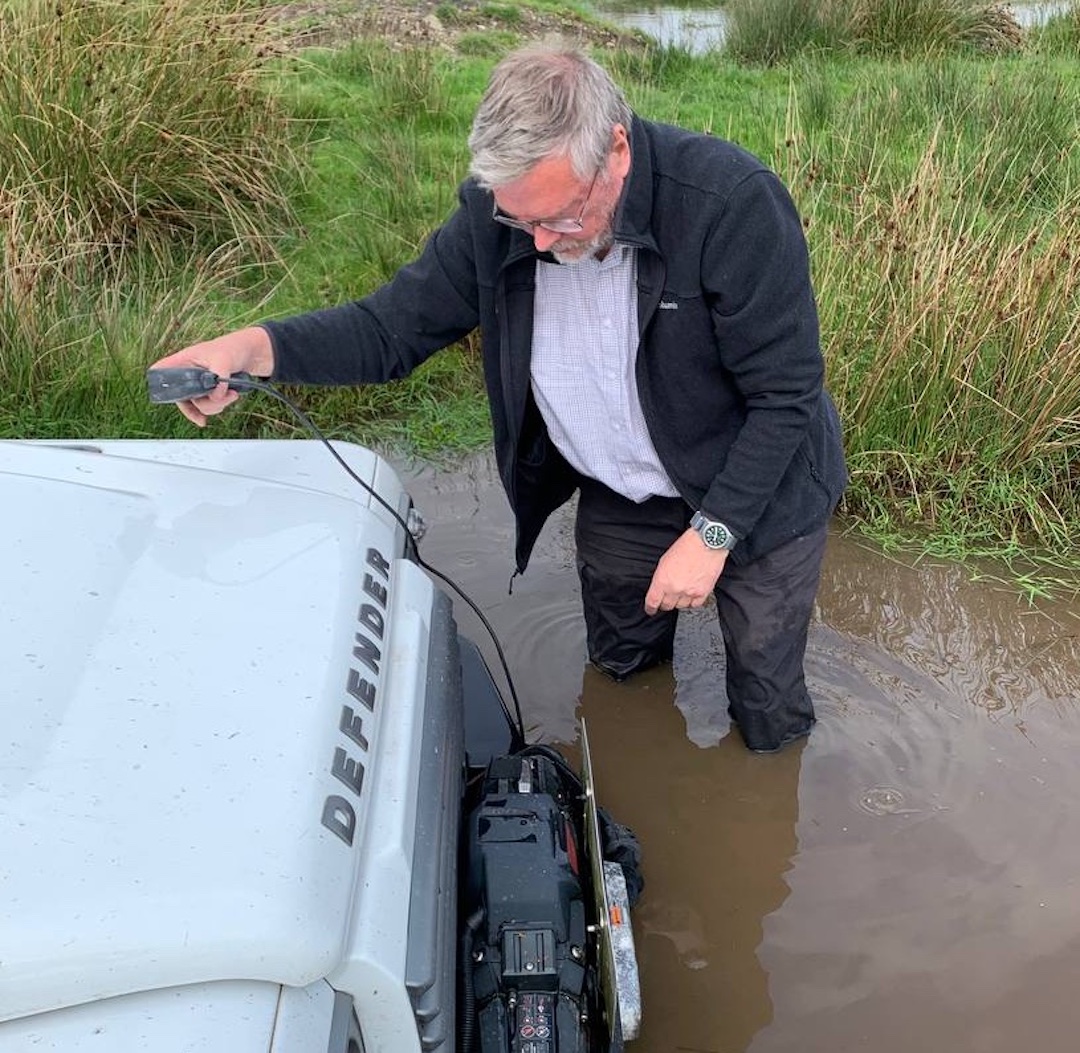
Harold Thimbleby
See Change Fellow in Digital Health, and has been Royal Society-Leverhulme Trust Senior Research Fellow, Royal Society-Wolfson Research Merit Award Holder, was awarded the British Computer Society Wilkes Medal, and won a Toshiba Year of Invention prize.
Google profileCurrent research
-
 Reliability of electronic evidence diagrams
Reliability of electronic evidence diagrams
See resources here.
Some recent 2025 talks
Harold has been an ACM Distinguished Speaker and has presented over 600 debates, talks, keynotes, workshops, and seminars (in industry, and at Cambridge, MIT, Oxford, Royal Institution, Royal Society, Stanford, and the House of Lords, etc).
-

Accessibility
Lecture for the School of Health Sciences, Swansea -

Law reform driven by computers
The Bar of England and Wales, London -
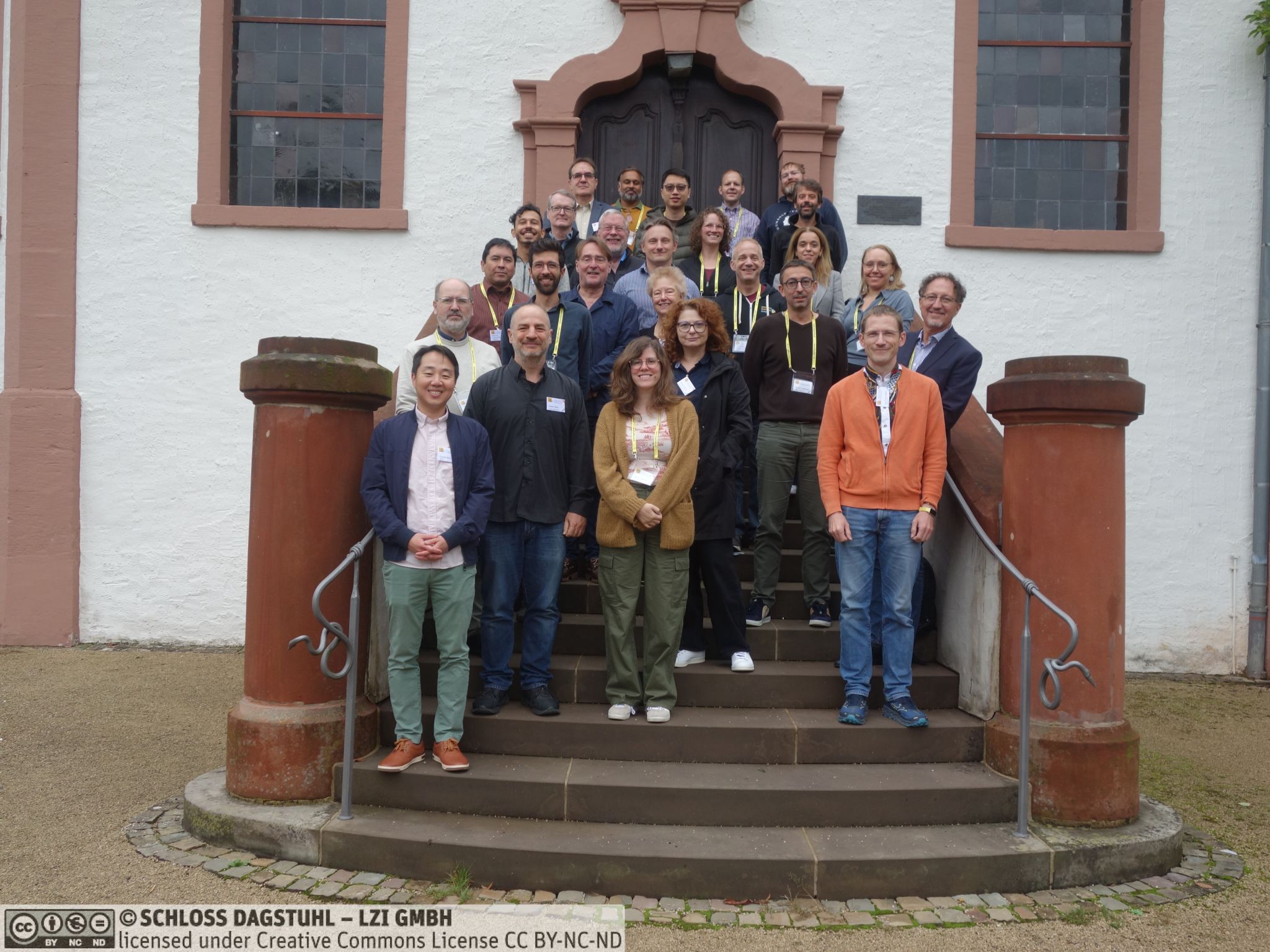
We need professionalism
Schloss Dagstuhl, Germany -

AI
Zhejiang Sci-Tech University, Hangzhou, China -
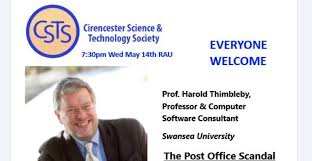
The Post Office Computer Scandal
Cirencester Science and Technology Society
Fun facts
My 1976 undergraduate computer science project (actually done as part of my physics degree) used an Elliott 903 computer to implement Christopher Strachey’s GPM (General Purpose Macrogenerator) and use that to implement Peter Brown’s ML/1 (Macro Language 1).
The Elliott 903 computer is tiny by today’s standards. The one I used had 8 K 18 bit words (which is almost 0.02 Mb; whereas my current laptop has 32 Mb of cache, 64 Gb of main memory, and 2 Tb of disk). The 903 had an instruction set with only 16 instructions. It had 8 track paper tape input and output, a teletype (uppercase only!), and no disk.
Far more information about the Elliott computers can be found on Andrew Herbert's comprehensive site: Elliott 900 Series Computers.
